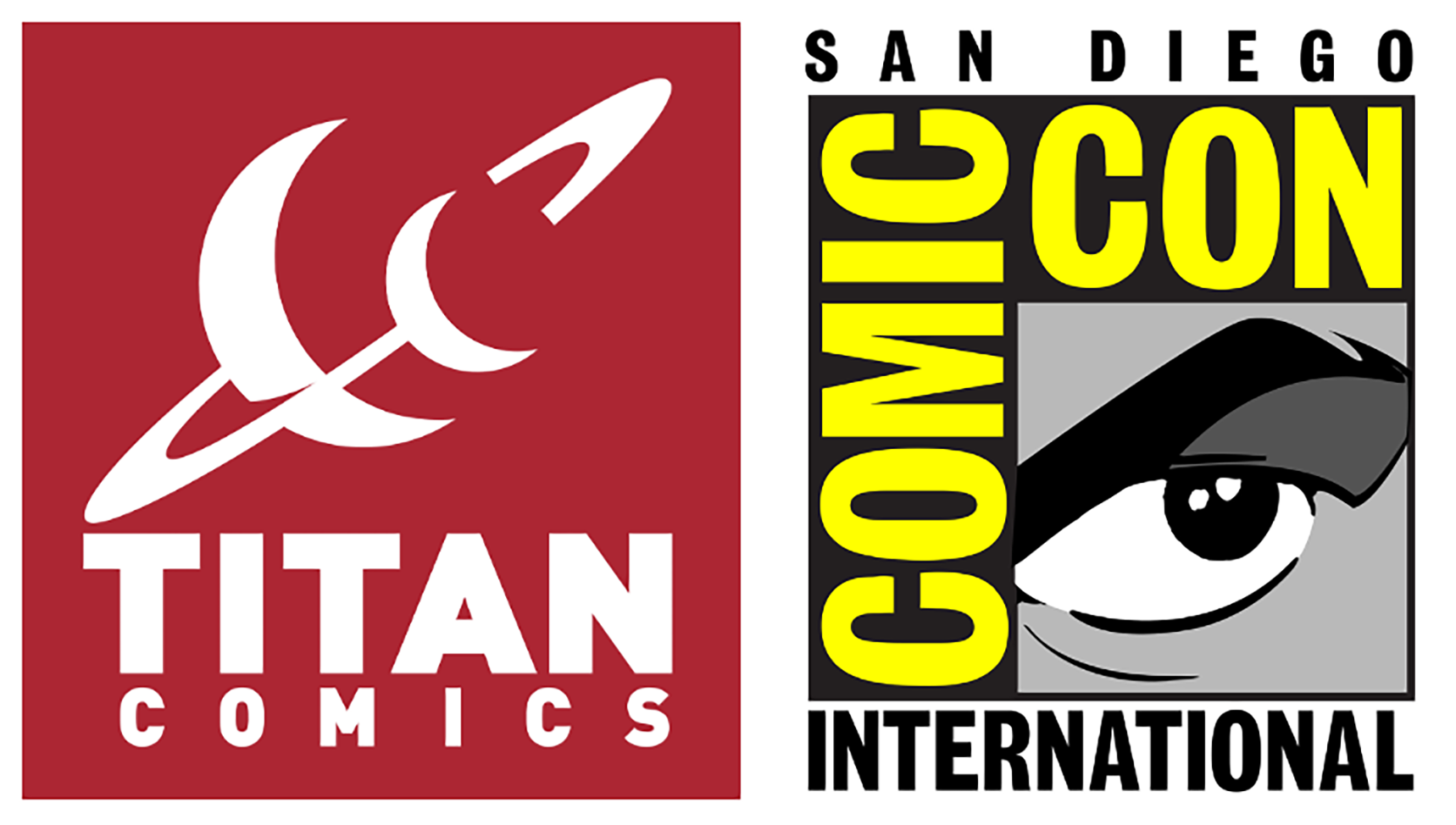
Tabletop gaming is back on the rise, due to numerous factors. Perhaps the biggest contributor is that an entire generation that used to play collaborative video games on couches in the same room is still seeking a certain level of competition and engagement. However, video games have become a bit more isolated–sure you play with people, but more often than not, virtually, which makes for a different experience. Tabletop games offer an outlet for in-person interaction that satisfies a particular style of entertainment. Coupled with this, the internet has provided game developers direct access to funding sources, and efficiencies for production, creating a boom in available options for gamers. Look no further than the estimated attendance of 2018 Gen Con, the largest of the national gaming conventions, which topped out with over 60,000 unique visitors. With all of this context, LRM Online is proud to begin a new series of tabletop game reviews, designed to educate players and families of exciting new games that might interest them.
To kick things off, the first review will be of My Little Scythe. Gamers in the know might find their ears perk up with the word/name Scythe (pronounced sai, in case you were curious), one of the best games to be released in 2016 (currently ranked #7 on BoardGameGeek’s best-of-all-time list). This newest installment from the same publisher is a family-friendly version that distills the basic components and strategy of the game. While Scythe advertises that it is for players age 14+, My Little Scythe is marketed to players 8+. At its core, My Little Scythe is a game where up to six players battle for resources, and occasionally each other, in order to earn trophies the fastest to win outright. The paths to those trophies are numerous, so players need to be strategic about their resource management and how aggressive they want to be towards their competitors. Here’s the full description from the publisher, Stonemeir:
My Little Scythe is a competitive, family-friendly game in which each player controls 2 animal miniatures embarking upon an adventure in the Kingdom of Pomme.
In an effort to be the first to earn 4 trophies from 8 possible categories, players take turns choosing to Move, Seek, or Make. These actions will allow players to increase their friendship and pies, power up their actions, complete quests, learn magic spells, deliver gems and apples to Castle Everfree, and perhaps even engage in a pie fight.
Some of My Little Scythe’s mechanisms are inspired by the bestselling game, Scythe. It caught the eye of Stonemaier Games as a fan-created print-and-play game in 2017 (it went on to win the BoardGameGeek 2017 award for best print-and-play game).
What works in My Little Scythe is the accessibility of the mechanics and escalating strategies which add to replay value. The core gameplay includes resource management and area control, and players must balance activity based on random elements and a risk/reward paradigm. For example, during the Seek action, players roll the dice to see in which areas new resources (three types) emerge. However, they can then choose the specific tiles those resources come into play—do you give yourself the resources, which you can then use to your advantage, or do you place them on opponent tiles, which pushes you towards a specific trophy goal? A similar quandary revolves around aggressive or passive play styles. If you are attacked by another player, they immediately lose friendship points (which is admittedly kind of a nice subtle message for kids). As the defender, do you use up your ammunition (pies) to stand your ground but move backwards from the “pie trophy,” or do you accept defeat with the knowledge that you might lose your resources and placement on the board?
In terms of style, My Little Scythe is indeed an adulterated version of the inspirational parent, Scythe. The two games use essentially the same mechanics; there are simply fewer options and less complexity in My Little Scythe. For kids learning about base game styles and strategies, it’s an excellent foray into how resource management works. The ability to win through combinations of multiple channels is also helpful in teaching younger gamers about considering and weighing options. My Little Scythe is intended for ages 8 and up, but kids as young as 6 could handle the complexities, with reading being the primary barrier. If parents have to read the rules/options to kids, it doesn’t detract too much from the gameplay, so that shouldn’t deter interested families.
While My Little Scythe does an excellent job with foundational elements of gaming, its main issue is player scalability. My Little Scythe allows for one to six players, but it really needs at least three people on the board to keep the competitive engagement high. When two people play, the board is so big that the individuals would need to work rather deliberately to incite conflict, and without that ingredient, the game feels little like the player vs. the board. The one-player mode is quite ingenious in term of introducing some randomization that can get quite difficult while playing against erratic card-controlled “opponents.”
My Little Scythe is an excellent family game that teaches fundamentals easily to a wide age range of players, and in package that includes wonderfully constructed components (the figurines are incredibly detailed and prime for painting!), a gorgeous playing board, and enough variability to keep it in rotation through many game nights.
Recommended if you like: Scythe, Lords of Waterdeep, Ticket to Ride First Journey
FINAL GRADE: A-
Don’t forget to share this post on your Facebook wall and with your Twitter followers! Just hit the buttons on the top of this page.

 FOR FANBOYS, BY FANBOYS
Have you checked out LRM Online’s official podcasts and videos on The Genreverse Podcast Network? Available on YouTube and all your favorite podcast apps, This multimedia empire includes The Daily CoG, Breaking Geek Radio: The Podcast, GeekScholars Movie News, Anime-Versal Review Podcast, and our Star Wars dedicated podcast The Cantina. Check it out by listening on all your favorite podcast apps, or watching on YouTube!
Subscribe on: Apple Podcasts | Spotify | SoundCloud | Stitcher | Google Play
FOR FANBOYS, BY FANBOYS
Have you checked out LRM Online’s official podcasts and videos on The Genreverse Podcast Network? Available on YouTube and all your favorite podcast apps, This multimedia empire includes The Daily CoG, Breaking Geek Radio: The Podcast, GeekScholars Movie News, Anime-Versal Review Podcast, and our Star Wars dedicated podcast The Cantina. Check it out by listening on all your favorite podcast apps, or watching on YouTube!
Subscribe on: Apple Podcasts | Spotify | SoundCloud | Stitcher | Google Play



